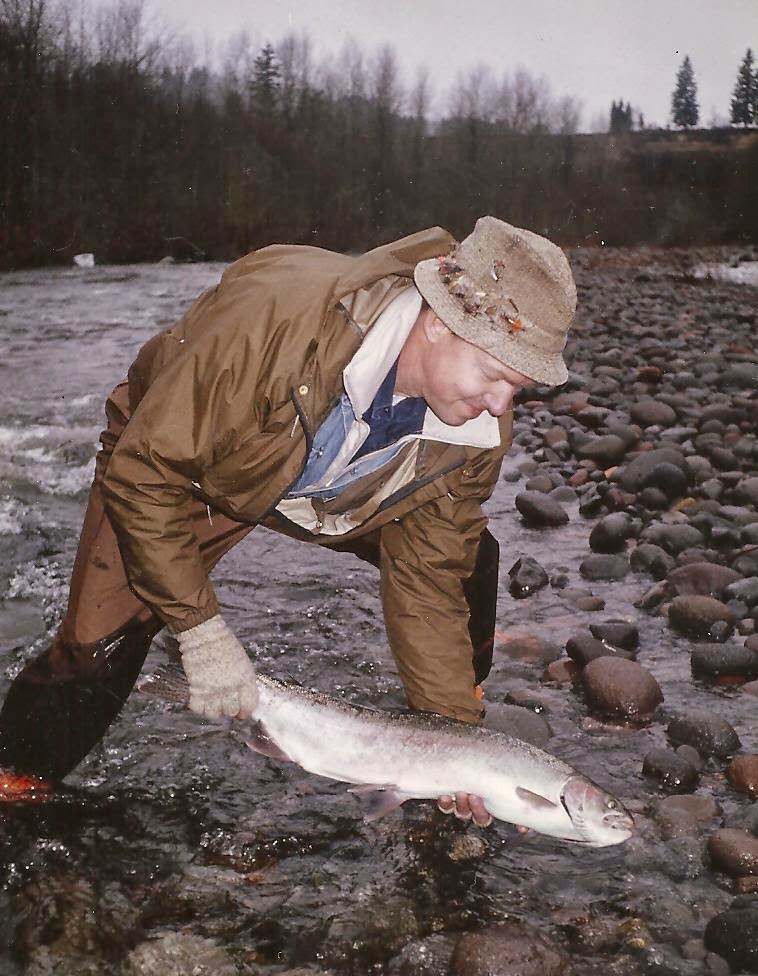 |
| A Soft Hackle Fly |
The
soft hackle fly dates back almost 500 years with the early patterns
of Dame Juliana Berner. It is believed that soft hackles were refined
in the sixteenth century but were somehow were lost in time. However, in
1975 Sylvester Nemes wrote a book entitled The Soft Hackle Fly
which helped to revive its neglected history.
Soft
hackles are fun and easy to tie. They are very effective for trout,
steelhead, bass and other types of fish. All that is required to tie
this fly is a floss or wool body, dubbed thorax and a partridge or
pheasant soft hackle.
A
variety of colors can be used to suggest caddisflies, mayflies and
other insects. It is a versatile pattern that can be used in almost
any water type and it is a good searching pattern. The effectiveness
of this pattern is not only due to the soft hackle feather, but it is
also due to the thorax behind the wing. Without it the hackle would
fold around the body and the fly would lose its tantalizing motion.
The
easiest way to fly fish the soft hackle is to use a simple downstream swing with a few
mends or to let it swing freely and let the current ply the soft
hackles. A fish will set the hook firmly if you keep the rod tip
pointed at a low angle. Short takes and misses will occur if the rod
is held high.
















